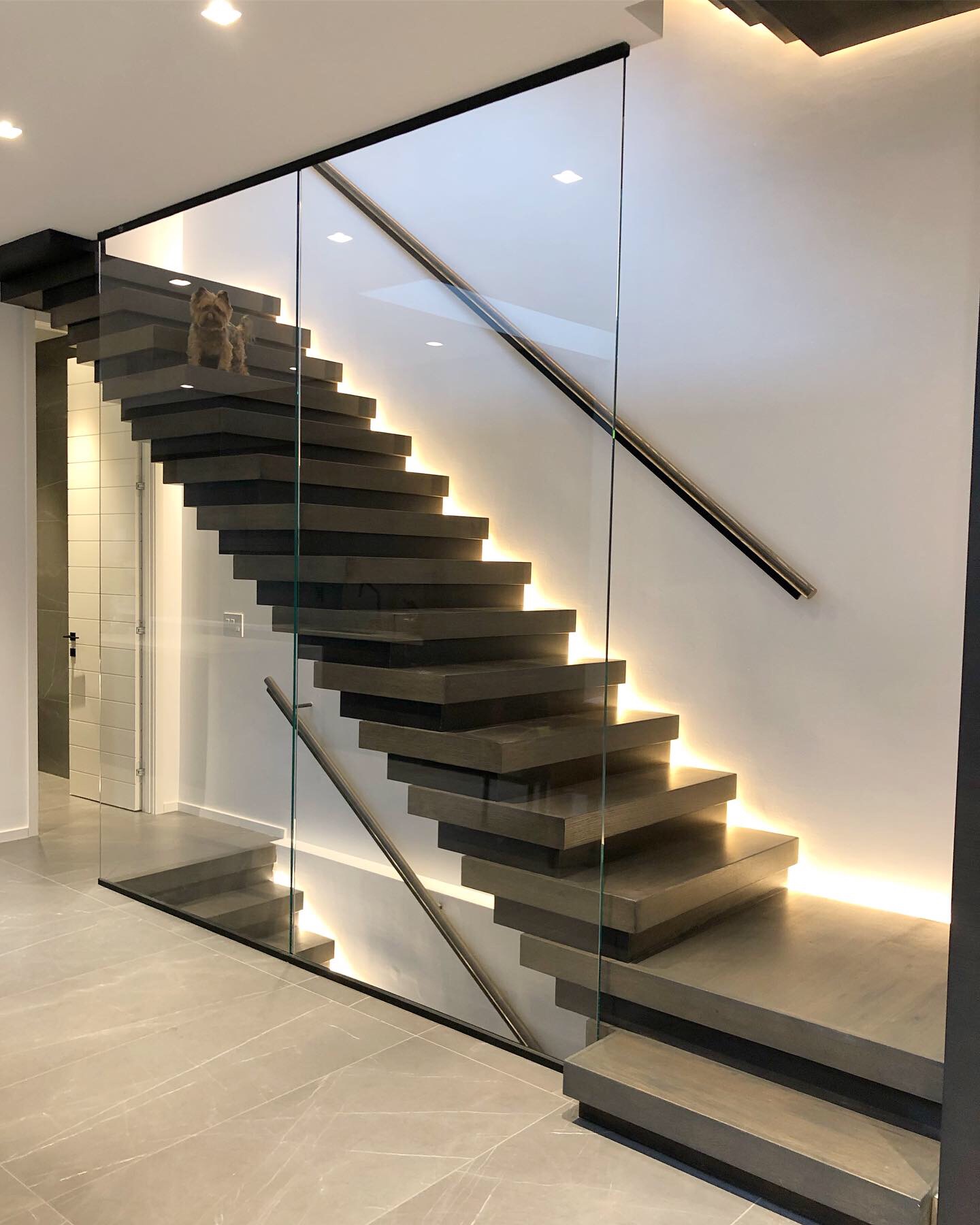- test :
Frameless glass railings have become a popular choice in modern architecture for their aesthetic appeal and practical benefits. These railings, also known as glass fence or glass balustrade, are made of tempered or laminated glass panels that are supported by a minimal stainless steel or aluminum frame.
One of the main advantages of using frameless glass railings is their sleek and contemporary design. The transparent nature of glass allows for an uninterrupted view, creating a sense of openness and spaciousness in a modern architectural setting. This can be especially beneficial in small or crowded spaces, as it can make the area appear larger and more airy.
In addition to their aesthetic appeal, frameless glass railings also offer practical benefits. They are easy to clean and maintain, making them a low-maintenance option for modern buildings. Glass railings are also durable and long-lasting, with the ability to withstand harsh weather conditions and high traffic areas.
Another advantage of frameless glass railings is their versatility. They can be used in a variety of settings, from residential balconies and decks to commercial buildings and office spaces. They can also be customized to fit the specific needs and design of a space, allowing for greater flexibility in their use.
According to cgrcanada.com, frameless glass railings are also a cost-effective solution compared to traditional railings. The minimal use of materials and the lack of a need for regular maintenance can save on long-term costs. Additionally, the transparency of the glass allows for natural light to pass through, reducing the need for artificial lighting and potentially lowering energy costs.
Furthermore, frameless glass railings provide safety and security without sacrificing their transparent design. Tempered glass is up to four times stronger than regular glass and is less likely to shatter, making it a safer option for use in railings. Laminated glass, on the other hand, is made of two layers of glass bonded together with a plastic interlayer, providing additional strength and safety.
In conclusion, the use of frameless glass railings in modern architecture offers both aesthetic and practical benefits. Their sleek and contemporary design, ease of maintenance, durability, versatility, and safety make them a popular choice for both residential and commercial buildings. The cost-effectiveness of glass railings and their ability to allow natural light to pass through make them a sustainable option as well.


YOUR COMMENT